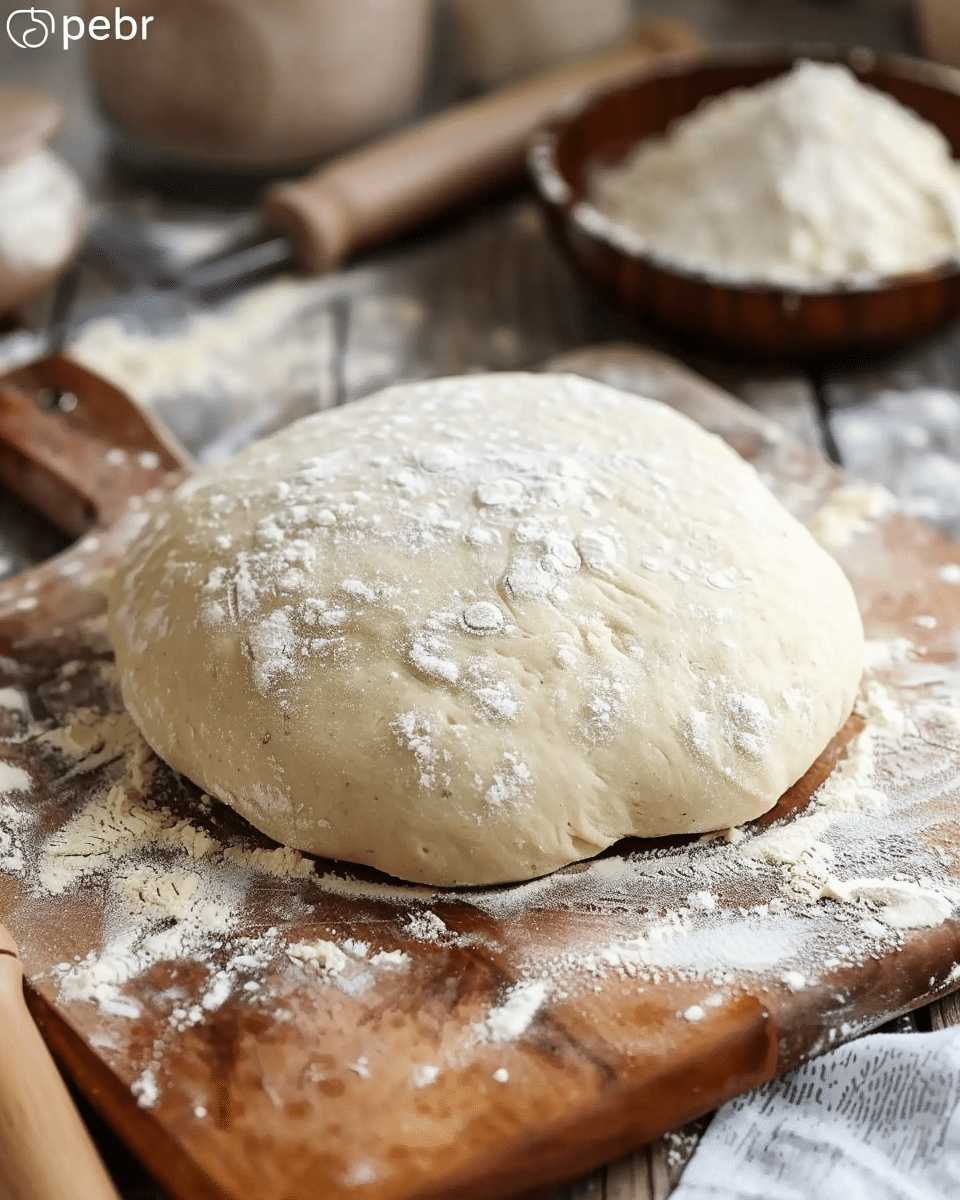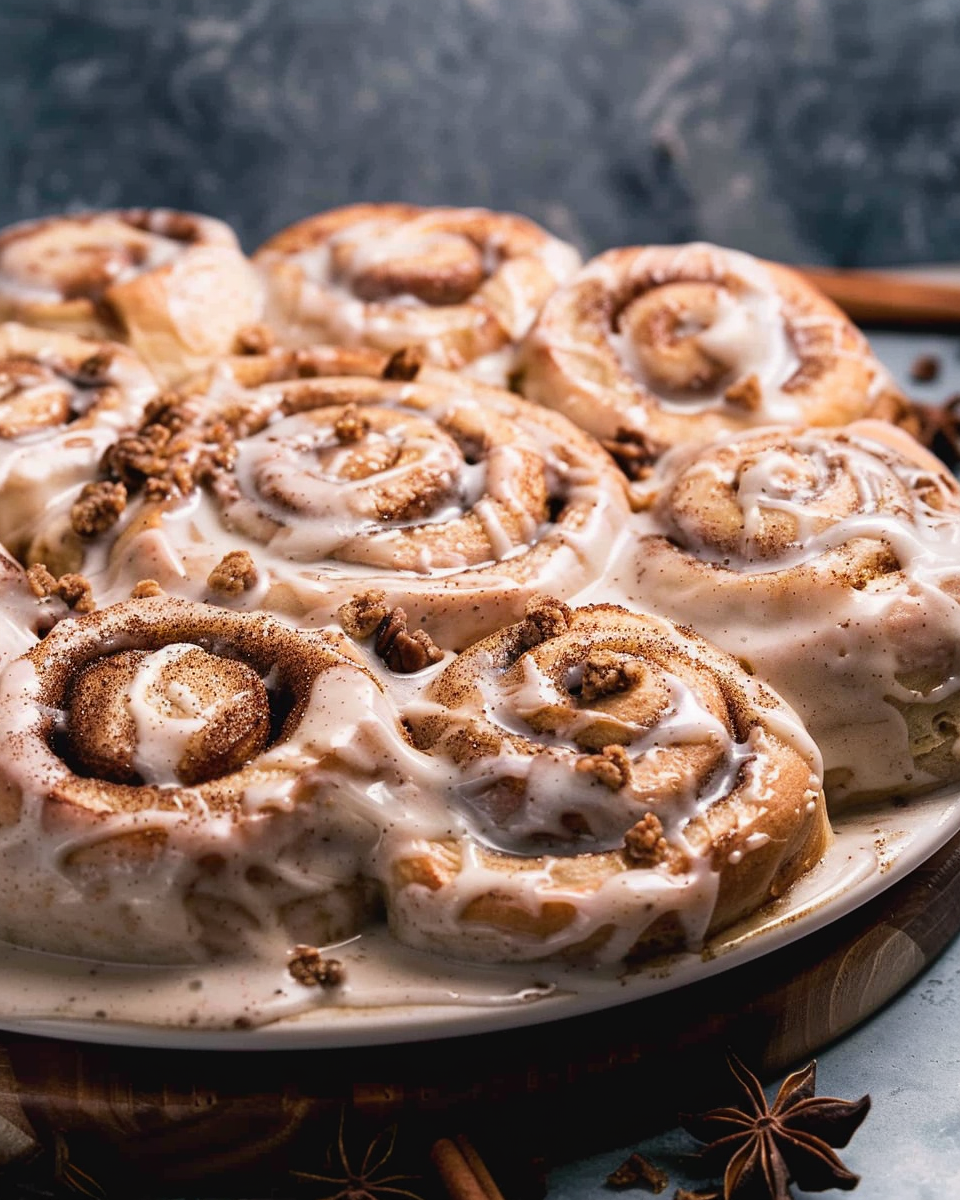Looking to create your own delicious homemade pizza? Look no further than this easy pizza dough recipe that promises a perfect crust every time. Whether you’re a seasoned pizza enthusiast or a beginner in the kitchen, this recipe will guide you through creating a flavorful dough that forms the foundation for your favorite toppings.
Ingredients:
2 1/4 tsp active dry yeast
1 1/2 cups warm water (110°F/45°C)
3 1/2 to 4 cups all-purpose flour
2 tbsp olive oil
2 tsp salt
1 tsp sugar
Instructions:
Prepare the Yeast Mixture: In a small bowl, dissolve the yeast and sugar in warm water. Let it sit for about 5 minutes until frothy.
Mix the Dough: In a large mixing bowl, combine 3 1/2 cups of flour and salt. Create a well in the center and add the yeast mixture along with olive oil. Stir until a dough forms. If the dough feels sticky, gradually add more flour until it comes together.
Knead the Dough: Turn the dough out onto a floured surface and knead for 5-7 minutes, until smooth and elastic. This step helps develop gluten and gives your pizza dough its characteristic texture.
Let it Rise: Place the dough in a lightly oiled bowl, cover with a damp cloth, and let it rise in a warm place for about 1 hour, or until doubled in size. This allows the yeast to ferment and the dough to become airy.
Prepare for Baking: Once the dough has risen, punch it down to release excess air and divide it into two equal portions. Roll out each portion on a floured surface to your desired thickness.
Bake Your Pizza: Preheat your oven to 475°F (245°C). Add your favorite pizza toppings onto the rolled-out dough. Bake in the preheated oven for 10-12 minutes, or until the crust is golden and the cheese is bubbly.
Serving Tips:
Freshly Baked Pizza: Enjoy your homemade pizza immediately after baking for the best taste and texture. The crust will be crispy, and the toppings will be hot and flavorful.
Customize Your Toppings: Experiment with various toppings like fresh vegetables, meats, cheeses, and herbs to personalize your pizza to your taste preferences.
Slice and Serve: Use a sharp pizza cutter or knife to slice your pizza into wedges or squares. Serve hot and enjoy!
Storage Tips:
Refrigeration: If you have leftover dough, wrap it tightly in plastic wrap or place it in an airtight container. Store it in the refrigerator for up to 2-3 days. Make sure to bring it to room temperature before using it again.
Freezing: Pizza dough freezes well for future use. Divide the dough into portions, wrap each portion tightly in plastic wrap, and place them in a freezer-safe bag or container. Label with the date and freeze for up to 1-2 months. Thaw overnight in the refrigerator before using.
Thawing: When ready to use frozen dough, place it in the refrigerator overnight to thaw. Allow it to come to room temperature before rolling it out and adding toppings.
Prevent Freezer Burn: Ensure the dough is well-sealed to prevent freezer burn, which can affect its texture and taste.
Related Recipes:
FAQs:
How can I tell if my pizza dough has risen enough?
A good indicator that your pizza dough has risen enough is when it has doubled in size. This typically takes about 1 hour in a warm environment. You can also perform the “finger test”: gently press your finger into the dough—if the indentation remains, the dough is ready.
Can I freeze pizza dough?
Yes, you can freeze pizza dough. Divide the dough into portions, wrap each tightly in plastic wrap, and store them in a freezer-safe bag or container. Frozen dough can be kept for 1-2 months. Thaw it overnight in the refrigerator before using.
How do I prevent my pizza dough from sticking to the rolling pin or surface?
To prevent sticking, lightly flour your rolling pin and work surface before rolling out the dough. You can also dust the dough with flour as needed while rolling to maintain a smooth texture.
Can I use whole wheat flour instead of all-purpose flour for pizza dough?
Yes, you can substitute whole wheat flour for part or all of the all-purpose flour in your pizza dough recipe. Keep in mind that whole wheat flour may require a bit more water and may result in a denser crust compared to dough made with all-purpose flour alone. Adjust the liquid as needed to achieve the desired dough consistency.










